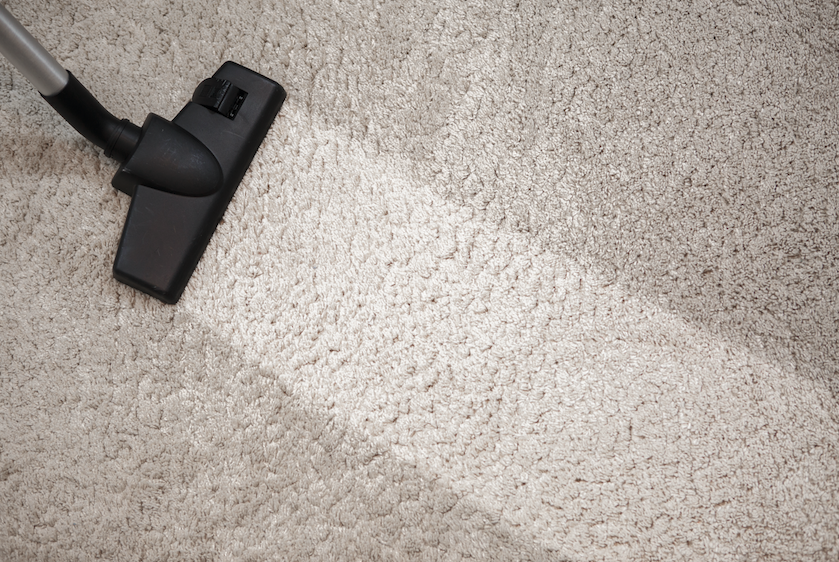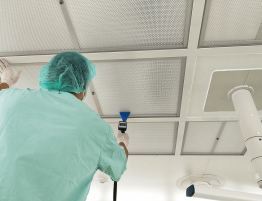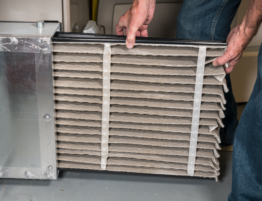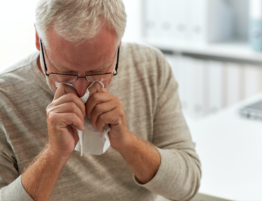
It’s all around the house, and no matter how much time we spend trying to remove it from the places it falls, it always comes back.
Common household dust is an ever-present nuisance, and actually, contains a complex mix of organic and inorganic material from sources inside and outside the home. Lurking among the tiny, solid particles we’re indirectly breathing are microbes, and while most of those microscopic organisms are harmless, some have been linked to disease and allergies.
A 2015 University of Colorado study analyzed dust from 1,200 households across the country and found that the average home holds 2,000 types of fungi, most of which appeared to enter homes on clothing or through open windows. Researchers also determined there was an average of 7,000 types of bacteria found in dust per household; some were commonly associated with human skin, but others were linked to human waste or pets.
When you breathe, dust in the air enters the nose, where most large particles are caught and eventually discharged when you sneeze or blow your nose. Smaller particles can reach the windpipe and the bronchial tubes that lead to the lungs, where they’re further filtered by mucus. Any particles that do reach the lungs can come into contact with tiny air sacs called alveoli, though the body’s immune system takes steps to protect them.
Breathing dust that contains toxic contaminants can cause irritation of the eyes, coughing, and sneezing, and is especially harmful to people with respiratory conditions such as asthma. Breathing dust in high concentrations over many years can lead to reduced lung functions, and contribute to disorders such as chronic bronchitis.
Given the health implications of unhealthy air, it’s important to keep the air around your house clean. Here are a few basic steps:
—Change your bedding regularly. Believe it or not, your bed is a major dust contributor. It collects skin flakes and dander and sheds its own cloth fibers (so do all those clothes in the closet). That’s why it’s important to wash sheets and pillowcases regularly and shake- or air-out blankets and comforters.
—Sweep bare floors once a week, and mop often. Use a broom and dustpan to sweep up floors, and dispose of any dust in your trash bin to remove it from the house. Cleaning the floor with a wet mop will collect any dust you’ve missed. Also, use microfiber cloth on surfaces; they’re designed to trap dust, and not just move it around.
—Keep rugs vacuumed and shake them out often. Every time you step on that rug by the front door or fall back on couch cushions, dust goes airborne. Rugs, cushions, and pillows around the house are dust magnets, so it’s important to vacuum rugs at least once a week and shake cushions and pillows outdoors. (Don’t forget to ventilate the room after you vacuum, as vacuuming kicks up more dust than you think. Make sure your vacuum is functioning properly.)
—Change your air filter often. If your home has a heating or cooling distribution system, changing the system’s air filter regularly should make a noticeable difference in air quality. Be sure to install a new filter as soon as you start noticing dust buildup. Keep in mind that portable air filtration systems usually only remove large dust particles from the air.
All Day Air Heating & Cooling is your go-to source for air quality, heating and cooling solutions in southwest Florida. For more information and a list of complete services, visit http://www.alldayaircooling.com, or call 239-357-0727.









Write a comment:
You must be logged in to post a comment.